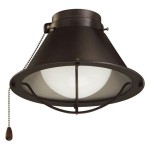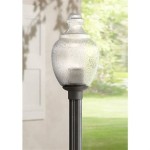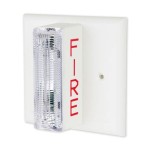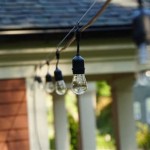How To Set Outdoor Light Timer
Outdoor lighting plays a crucial role in enhancing the security and curb appeal of your home, especially at night. One effective way to manage your outdoor lights is by setting a timer. An outdoor light timer automates the switching on and off of your lights, giving you peace of mind and energy savings.
Benefits of Using an Outdoor Light Timer
- Increased security: By setting your lights to turn on at dusk and off at dawn, you can deter burglars and create the illusion of occupancy, even when you're away.
- Energy savings: Automatic timing prevents lights from being left on unnecessarily, reducing your electricity consumption.
- Enhanced convenience: No need to manually turn lights on and off each day, saving you time and effort. li>Improved aesthetics: A well-timed lighting plan can highlight architectural features, create ambiance, and enhance the overall appearance of your home.
Types of Outdoor Light Timers
There are two main types of outdoor light timers:
- Mechanical timers: These timers utilize a mechanical dial with pins that you set to the desired on and off times. They offer a simple and affordable option.
- Digital timers: Digital timers provide more advanced features such as astronomical timers that automatically adjust to sunrise and sunset times. They also allow for more precise scheduling and scene customization.
Choosing the Right Outdoor Light Timer
Consider the following factors when selecting an outdoor light timer:
- Load capacity: Determine the total wattage of the lights you want to control to ensure the timer can handle the load.
- Timer type: Choose a mechanical or digital timer based on your needs and budget.
- Features: Consider additional features like astronomical timers, multiple on/off settings, and weather resistance.
- Use multiple timers to control different sets of lights for added flexibility.
- Consider using timers with photocell sensors that automatically turn lights on at dusk and off at dawn.
- Set timers to random intervals to simulate occupancy and deter burglars.
- Regularly check and adjust the timer settings to account for seasonal changes.
How To Set an Outdoor Light Timer
Step 1: Install the timer
Follow the manufacturer's instructions to install the timer between your light fixture and power source.
Step 2: Set the current time
Adjust the current time on the timer to ensure accurate scheduling.
Step 3: Set the on/off times
For mechanical timers, insert pins into the appropriate slots on the dial to set the on and off times. For digital timers, use the buttons or interface to program the desired schedule.
Step 4: Test the timer
Manually turn on the lights and observe if they turn off and on automatically at the set times.
Additional Tips
Conclusion
Setting an outdoor light timer is a simple and effective way to enhance the security, convenience, and energy efficiency of your home. By following the steps outlined above, you can easily automate your outdoor lighting and enjoy the benefits it brings.

How To Set A Plug Timer Mechanical Digital Switches

How To Set A Plug Timer Mechanical Digital Switches

How To Adjust Your Timer For Daylight Savings Spring Lexington Outdoor Lighting

How To Put Outdoor Lights On A Timer Electronicshub
How To Program An Outdoor Light Timer Quora

How To Set A Light Timer The Home Depot

The Automatic Timers For Your Outdoor Use Bn Link

How To Install A Timer Switch In Outdoor Lighting Doityourself Com

Intermatic Timer
How To Program An Outdoor Light Timer Quora







